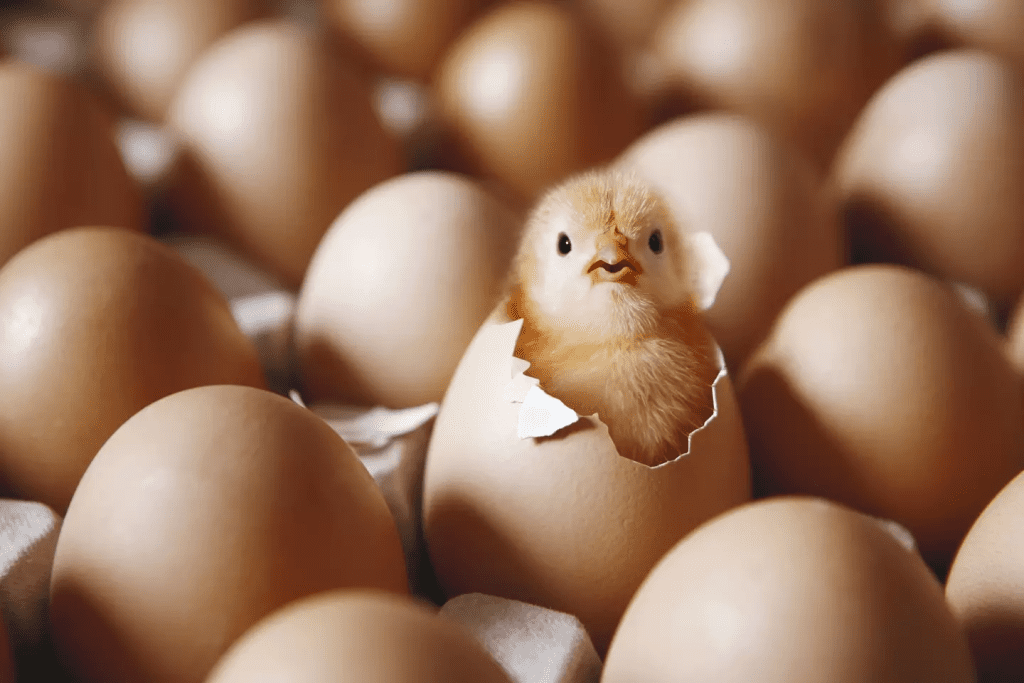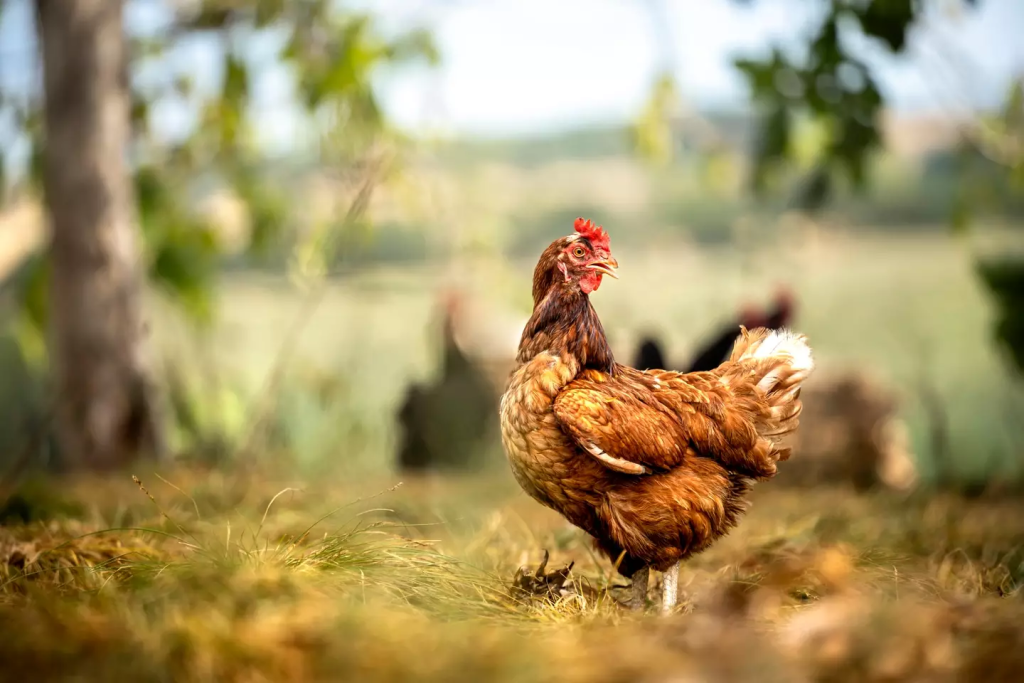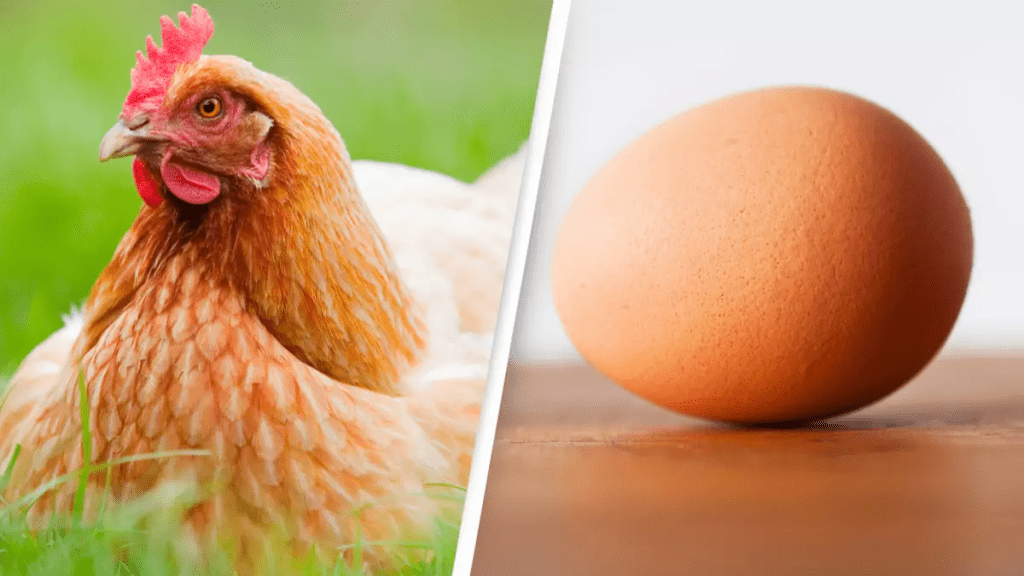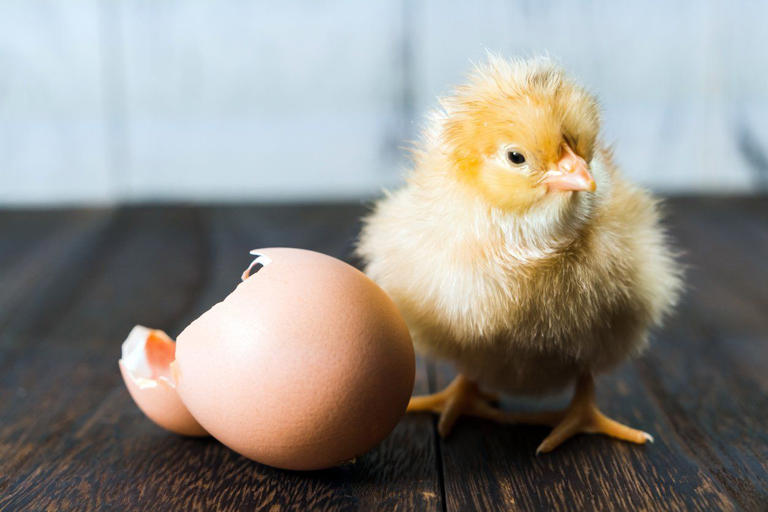The age-old question of whether the chicken or the egg came first has baffled minds for centuries. While this playful debate has long been a staple of casual conversation, it has also fascinated scientists who have sought a definitive answer. After years of speculation, a group of researchers from the University of Bristol, alongside their colleagues from Nanjing University in China, have proposed a groundbreaking theory that might finally crack the case. Their findings could mark the end of one of humanity’s longest-standing debates.
The Classic Chicken-or-Egg Dilemma

For many of us, this paradoxical question—did the chicken come first, or did the egg?—has been a lighthearted conversation starter. Some argue that the egg must have come first, laid by a non-chicken ancestor that eventually evolved into the chicken we know today. Others are firmly in the chicken-first camp, imagining a mysterious emergence of the bird before it began laying eggs. So, who’s right?
To unravel this mystery, researchers from the UK’s University of Bristol’s School of Earth Sciences teamed up with a group of paleontologists from Nanjing University. Their goal was to investigate the evolutionary origins of eggs and live birth by examining both fossilized and living species.
The Study: Exploring Eggs and Live Birth
The study, which was published in Nature Ecology & Evolution, analyzed 51 fossil species and 29 living species. The researchers divided the animals into two categories: oviparous (those that lay eggs) and viviparous (those that give birth to live young). This comprehensive examination aimed to trace the evolution of egg-laying and live birth across millions of years.
Interestingly, the study found that the early reptilian ancestors of chickens, including their distant relatives, did not lay eggs. Instead, they were viviparous—they gave birth to live offspring rather than laying eggs. This discovery challenges the conventional belief that eggs came first in the evolutionary timeline.
The Evolution of Reproduction: From Live Birth to Eggs
The study suggests that live birth may have been a safer method of reproduction for early animals. Researchers concluded that extended embryo retention—where the mother retains the young inside her body for an extended period—was a vital adaptation that provided protection in dangerous environments. It’s thought that giving birth to live young was a successful reproductive strategy that evolved before egg-laying, making live birth the safer option in ancient ecosystems.
Professor Michael Benton from the University of Bristol explained: “Before the amniotes, the first tetrapods to evolve limbs from fishy fins were broadly amphibious in habits. They had to live in or near water to feed and breed, as in modern amphibians such as frogs and salamanders.” According to Benton, the emergence of waterproof skin and other adaptations allowed these early reptiles to break away from aquatic environments.
The amniotic egg—which has a protective shell—was a crucial evolutionary innovation that allowed animals to reproduce on land. However, the new research suggests that these amniotic eggs evolved after live birth had already been established, meaning the chicken’s reptilian ancestors likely birthed live young before they started laying eggs.
Cracking the Textbook Model: The Reptile Egg Redefined

For years, the classic “reptile egg” model dominated textbooks, portraying reptiles as primarily egg-laying creatures. However, the study from the University of Bristol, along with findings from Nanjing University, has challenged this view. According to Professor Baoyu Jiang, the project leader, “Biologists had noticed that many lizards and snakes display flexible reproductive strategies across oviparity and viviparity.”
Jiang’s research further revealed that live-bearing lizards could transition back to laying eggs more easily than scientists had previously assumed. This flexibility in reproduction suggests that the evolutionary path from live birth to egg-laying may not have been as linear as once thought.
Egg Laying as an Evolutionary Innovation
While the study points to live birth as the original reproductive method for the ancestors of chickens, the researchers also acknowledge the significance of egg-laying in evolutionary history. The evolution of the hard-shelled egg allowed reptiles to lay eggs in various environments, especially on land, and provided an advantage by safeguarding embryos from harsh conditions.
These hard-shelled eggs gave reptiles—and eventually birds like chickens—the freedom to reproduce in more diverse habitats, without the need to remain near water sources. The development of the amniotic egg allowed these species to expand into new ecosystems, marking a pivotal moment in the evolutionary timeline.
What the Research Suggests: The Chicken Came First

So, after years of debate, the findings suggest that the chicken, or at least its reptilian ancestors, came before the egg. These ancestors likely gave birth to live young long before they began laying eggs. However, it’s essential to note that the egg—specifically the amniotic egg—was still a crucial evolutionary development, allowing these creatures to adapt to terrestrial life.
As Professor Benton summarized: “Our work, and that of many others in recent years, has consigned the classic ‘reptile egg’ model of the textbooks to the wastebasket.” This groundbreaking research opens the door to new understandings of evolutionary biology and may finally put to rest one of the world’s most famous riddles.
Implications of the Discovery

While the discovery may not immediately change our everyday lives, it’s a fascinating insight into the evolution of species and the complex paths they’ve taken. From a scientific perspective, this research offers an opportunity to reassess many longstanding assumptions about the origins of modern animals, including birds like chickens.
The new theory suggests that evolution isn’t always a straight line but rather a series of adaptations that allow species to survive and thrive in changing environments. The transition from live birth to egg-laying may have occurred multiple times, and animals like chickens are the result of millions of years of evolutionary experimentation.
The Chicken or the Egg: A New Theory Hatched
The question of whether the chicken or the egg came first has finally been answered—sort of. The chicken’s ancestors likely gave birth to live young long before eggs became part of the reproductive process. However, the amniotic egg remains one of evolution’s most significant innovations, allowing animals to diversify and colonize new environments.
So, what do you think? Is this the definitive answer we’ve all been waiting for? While the debate may be cracked—if not fully settled—this research certainly brings us one step closer to understanding the incredible complexities of life on Earth.


